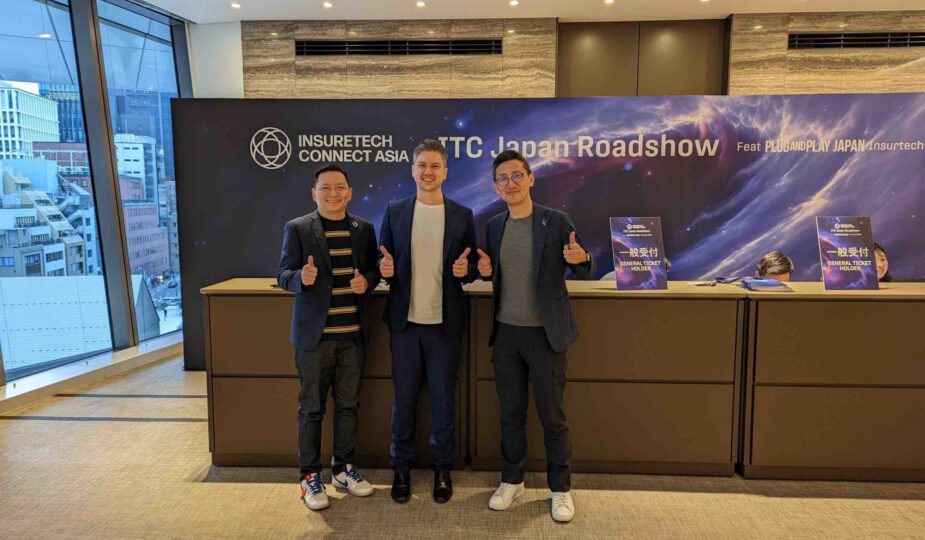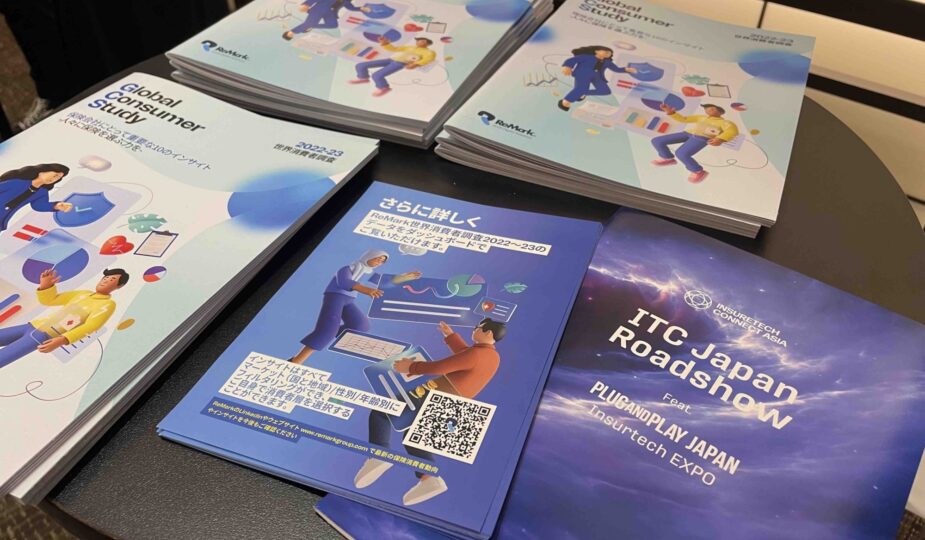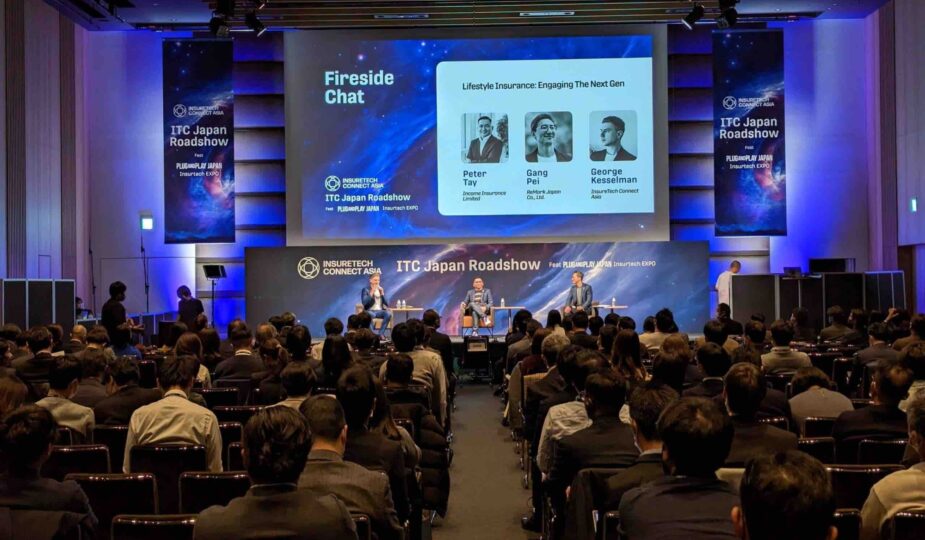Lifestyle Insurance: How to Engage the Next Gen

In a recent fireside chat at InsureTech Connect Japan, ReMark's Head of North Asia, Gang Pei, and Income's Chief Digital Officer, Peter Tay, talked about the recent exploration of lifestyle-based insurance to Japan. Moderated by George Kesselman, founder of InsurTech Asia, we look at how insurers can better engage the next generation of policyholders by reimagining insurance.
New generations are more inclined to casual employment
It is important to acknowledge that Gen Z and Millennials' lifestyles are heavily disrupted by Tech. It is changing the way we live, learn, play, and conduct business. Casual employment among younger generations is on the rise, which changes considerations for the future dramatically.
The insurance industry has a unique opportunity—and challenge—to rise to the occasion with the advent of new technology and digital transformation. Education on the value of insurance for young people is becoming ever more important.
Indeed, our most recent Global Consumer Study highlighted a large insurance knowledge gap for Gen Zs and Millennials when compared to other age groups.
The changing risk landscape also makes it imperative for insurers to rethink products to heighten financial inclusivity by being more customer-centric, relevant, and competitive.
Changing consumer behaviour with tailored propositions
Thinking of insurance as a 'lifestyle' product provides short-term coverage that comes at a lower cost, making it more appealing to young people or lower earners. This model of insurance is gaining traction as it's easier to understand and simpler to enrol on, compared to traditional products which are often more complex and costly.
Peter Tay, Chief Digital Officer, Income said: "Tailoring the insurance ecosystem to new consumer standards requires exploring opportunities with lifestyle partners not typically linked with insurance. One way to achieve this is for insurers to supply expertise to partners—to go beyond just products—by integrating financial services into non-financial platforms to complement existing offerings. As we get more partners on board, we can build ecosystems."
Tailoring the insurance ecosystem to new consumer standards requires exploring opportunities with lifestyle partners not typically linked with insurance.
Peter Tay Chief Digital Officer, Income
The advent and prevalence of e-commerce has led customers to expect control over when, where and how they purchase insurance. Lifestyle insurance produces an opportunity to embed insurance into people's everyday purchase or services. We can then imagine products insuring against price hikes on ride hailing platforms in bad weather, for example, or other everyday inconveniences.
So, how does lifestyle insurance work?
SNACK, a digital insurance innovation by Income in partnership with ReMark, is a lifestyle-embedded micro-insurance and micro-investment proposition that allows users to contribute bite-sized premiums and stack insurance coverage over time. It is a way of reimagining insurance which speaks to today’s digital-first customers who demand more control and flexibility.
Non-financial partners also increasingly view insurance as a new loyalty proposition to their customers. The SNACK solution opens new customer segments for insurers and allows our partners to offer value-added insurance and retain their customers. There are countless possibilities including food & beverage, health & fitness, delivery platforms, transportation, and retail—all of which was unlikely in the past.
Learn more about the SNACK app
ReMark's Global Consumer Study also shows that insurers in Japan do not offer the right products on the right distribution channels used by the next generation of Japanese consumers.
Gang Pei, Head of North Asia for ReMark, said: "Globally, Millennials form the majority of people who purchase insurance. But in Japan, the Silent Generation is the top purchaser of insurance, signalling that insurance is not attractive enough for the young generation here. 71% of people in Japan claim to have good awareness about embedded insurance, but 53.3% of this group have said they don't need it. Younger generations live in an increasingly digitised world, and don't necessarily own a car or house, so their new ways of living create an opportunity for insurers to transform attitudes on embedded insurance by making it relevant and by offering good value."
Globally, Millennials form the majority of people who purchase insurance. But in Japan, the Silent Generation is the top purchaser of insurance, signalling that insurance is not attractive enough for the young generation here.
Gang Pei Head of North Asia, ReMark
Building insurance for the digital natives
Digital natives form approximately 30% of the population in Japan, which gives insurers the opportunity to redefine insurance for young and upcoming generations. Unlike their predecessors who valued long-term employment at the same company until retirement, or who marked success as owning a house or car, today's generation is experiencing a rise of co-sharing in transportation and living arrangements, while dealing with the effects of global events such as war and inflation.
-
30% of the population in Japan are digital natives
This generation is also more likely to engage in casual or freelance employment, and embrace the relative uncertainty of their lifestyle, which forms the foundation for our solution to make insurance a part of daily life.
The lifestyle insurance model gives people the option to customise protection based on individual preferences, and presents more flexible and affordable products to cover daily risk. As a developed market with high mobile and insurance penetration rates, Japan will be an interesting space to explore this approach.





